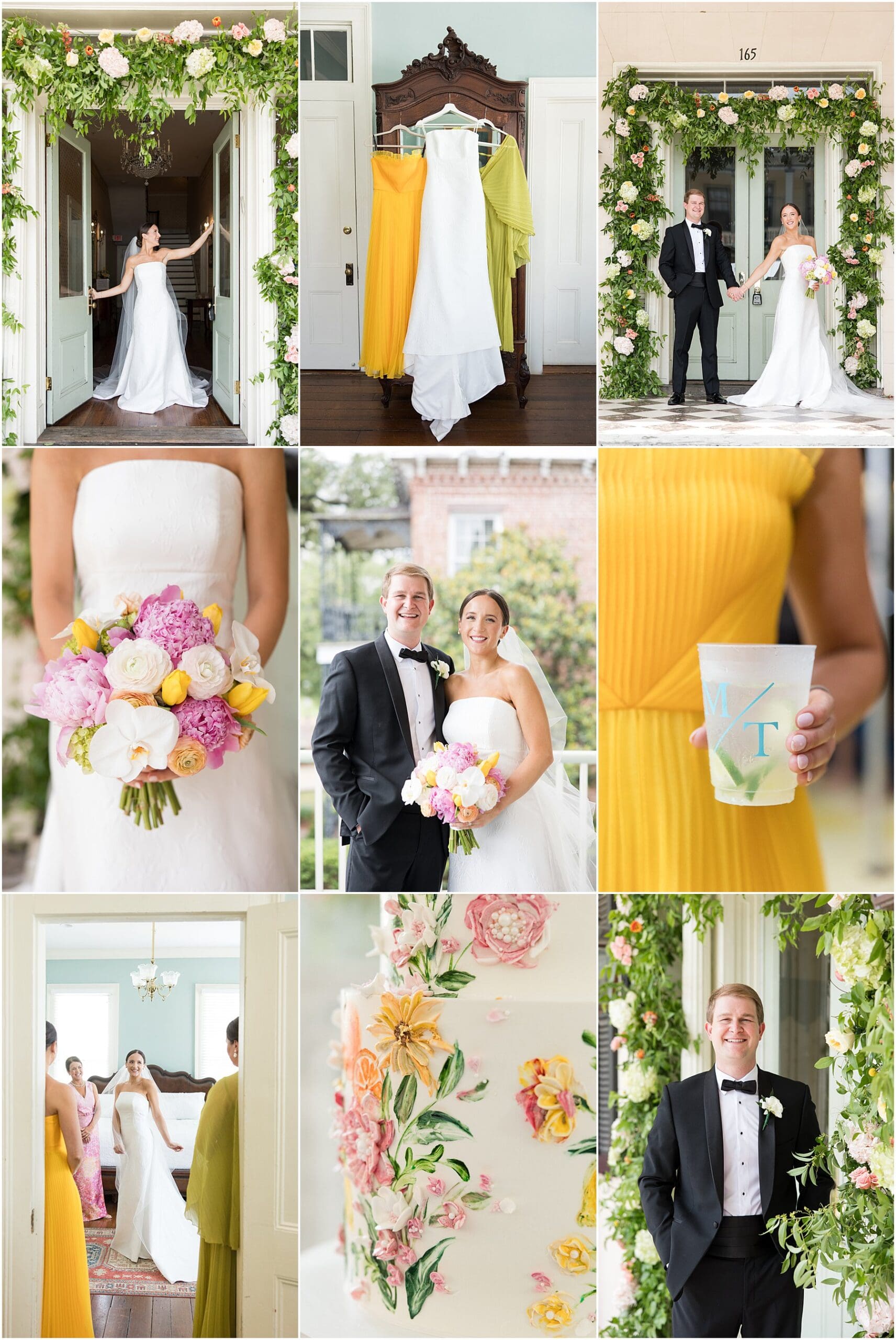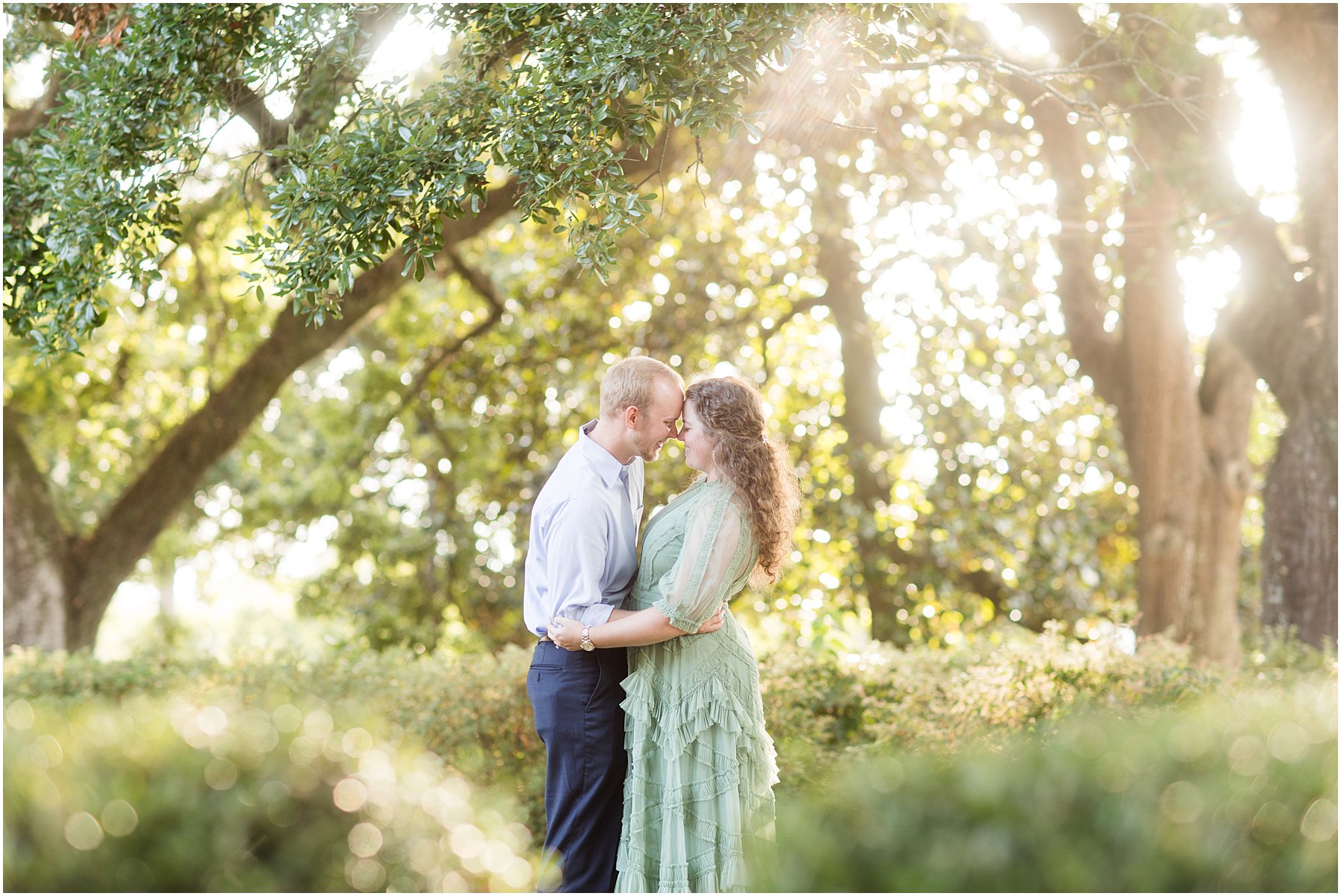It’s Time to Shop
My Guide to Shopping for Your New Camera
You’ve got the photography lingo down. You know what type of camera will be a good fit for you and your lifestyle. You start shopping for that perfect camera…then you’re confronted with more choices. Now what?! It can get pretty confusing reading through all the camera specs. There are still a ton of options, even when you’re just looking at one type of camera.
At this point, I usually get this question from family and friends: “Which is best…Canon or Nikon?” Here’s my answer: They’re both great! I truly believe you can’t go wrong with either brand. Yes, there are other good brands out there, including Sony, Olympus, Lecia and Pentax. If you feel partial to a brand for whatever reason, then start by shopping that brand. Otherwise, I usually recommend starting with Canon and Nikon. I also recommend looking to resources such as Consumer Reports, PC Mag and DP Review. These sites often put out Top 10 lists for cameras that are great starting points for research. You’ll quickly notice one big factor that can help narrow down the search field even more–The Budget.
The Budget
Once you have a list of cameras that are the type you want to buy, that are reviewed as good performers, it’s time to look at how they match up to each other. Here’s where it can get really confusing because some cameras will seem similar, but will have quite a big difference in price. Let your budget be your guide and then focus on the options within that budget.
Generally, DSLRs will carry the heftiest price tag, followed by SLR-like and P&S cameras. This is not a hard and fast rule though, as some SLR-like cameras might actually perform better than some DSLRs depending on the camera specs. For a new DSLR with a kit lens, you can expect to spend at least $400 right out of the gate for an entry level camera. New SLR-like cameras are available starting around $250 and can go up to $500. P&S range anywhere from under $100 to around $300. There will be some overlap in cost across the types of cameras. A $400 SLR-like camera might be perfect for one person, while a $400 DSLR might be perfect for someone else. Why would you buy an SLR-like camera for the same price you could buy a DSLR? Well, you might not need/want a DSLR.
Don’t get hung up on the type of camera you’re buying. There are good, even great, cameras across all three categories. The key thing to focus on is whether or not the camera will fit your needs/lifestyle.
Here are some things to keep in mind as you’re doing your comparison shopping:
Megapixels (MPs): How many should I get?

We seemed to be programmed to want as many MPs as we can afford. The number one question I was asked when I bought my first DSLR was, “how many MPs does that thing have?” The industry makes us focus on this by listing the MPs in the heading next to the camera model name. They’re important, right??? Well, they do have their place, but it’s not all about megapixels (MPs). Seriously, don’t get hung up on that when you’re looking at camera specs. A few years back, it might have been a concern, but now the technology is so good that it’s a pretty irrelevant concern for the average consumer. When I think about how many MPs are in the phones on our cameras it blows my mind. When I bought my first DSLR in 2007 it had 8.1 MPs. I thought that was pretty amazing, considering the first digital camera I owned, a Fujifilm P&S, had a whopping 2.0 MPs (the photo on the right, circa 2002 was taken with it)!!! I remember my photography teacher in college used to say that unless you were going to be printing billboards, 8MPs was plenty. Today, most quality cameras are going to have at least 10MPs, if not more. So, I’m going to echo what my professor said and tell you that unless you’re planning on printing billboards, I wouldn’t worry about MPs.
Optical Zoom vs. Digital Zoom: What’s the difference?
When comparing SLR-like and P&S models, you will notice a reference to optical zoom and digital zoom in the list of camera specifications. Optical zoom is the actual magnification that can happen with the lens on your camera (ex: 5X optical zoom), while digital zoom basically crops into the maximum zoom similar to how you could crop the photo on the computer. Optical zoom generally won’t cost you image quality, although the more you zoom in on your subject, the steadier your hands need to be because longer focal lengths (the furthest distance on your lens) can lead to camera shake. Optical zoom will vary depending on the lens, so be sure to pay attention to the actual focal length listed on the camera specs. In other words, you could have two different cameras, both with a 5X optical zoom, but that doesn’t mean you have two cameras that will zoom the same maximum distance. If the one camera’s lens is a 28-140mm and the other camera’s lens is 24-70mm, then the 5X zoom is going to be different for each lens.
Digital zoom, on the other hand, can significantly reduce image quality, leading to grainy images. If you find yourself at the end of your optical zoom range and want to get an even closer up photo of your subject, then it is best to zoom with your feet (i.e. move closer to your subject if possible). So, when you’re evaluating camera model options, be sure to note the optical zoom, not the digital zoom. Also note the focal length of the lens, if being able to zoom in on your subject from far away is something that is important to you.
Frames Per Second (FPS): How fast is fast enough?

Remember when we talked about shutter speed? A fast shutter speed means you can freeze fast action. Well, what if you want to capture several shots in a row of really fast action? If you want to do that, pay attention to the fps number on the spec sheet. Again, think about what you will want to photograph. If your children’s sports activities are high on your list, then you’ll want a pretty high fps count and strong continuous shooting performance. The image at left was captured using the maximum burst mode setting on my camera, which froze the action at a soccer game.
ISO and Auto Focus Performance: Price Differentiators
If you’re looking at two cameras that seem pretty similar (MPs and all), but one is more expensive than the other, take a look at these two specs. Low light performance is a huge factor when it comes to price. Remember our discussion about ISO and how important it is to the Exposure Triangle? Well, cameras with lower ISO capabilities will cost less than those with higher ISO capabilities. Even if two cameras have the same ISO range, one might handle low-light shooting better than another, which means it’s likely going to carry a heavier price tag. Both of the photos shown below were taken at ISO 400. I zoomed in to 100 percent to show the detail of the grain. Notice there is more visible grain in the photo on the left than there is in the photo on the right.

Auto Focus (AF) is another big performance factor that contributes to the camera cost. This is something to really pay attention to when reading reviews. If the camera’s AF lags and isn’t spot-on accurate in more challenging light situations, that camera will cost quite a bit less than one that has quick, accurate AF. Without fast and accurate AF, I would have missed the shot at the soccer game shown above. Also important to note, is how well certain lenses perform with AF. If you’re purchasing a DSLR, be sure to research the AF performance of the lens as well.
Crop APS-C vs. Full Frame Sensor
If you go the DSLR route, you will notice the sensor size referenced in the camera specs. Entry level DSLRs will have cropped sensors. These sensors have a 1.6x field of view in comparison to 35mm film. Full frame sensors, which are found on professional level cameras, are not cropped and have the same field of view as 35mm film. Unless you’re a serious hobbyist/budding professional, you’ll want to focus your search on DSLRs with a Crop APS-C sensor. Full Frame sensor cameras will carry a much heftier price tag than crop sensor cameras.
Deciphering Reviews
Once you’ve identified the type of camera you think you want to purchase, set your budget for that camera, identified some contenders and read through the specs to see how the contenders match up to each other, I highly recommend that you read at least a handful of reviews about any camera you’re considering. Don’t go overboard and read them all, but a good handful will give you an idea of whether or not the camera is right for you.
My general rule of thumb is to read three 5-star, three 3-star and three 1-star reviews. That will generally give you a good range of opinion. If there aren’t that many 1-star reviews, I’ll read a few more 5-star and 3-star opinions. Pay attention to any comments on image quality, auto focus accuracy and speed, low light performance, and ease of use. Also pay attention to any personal details the reviewer gives. If a reviewer is big into landscape photography and that’s not something you’re interested in, then I’d skip that review and go on to another one. If you identify with the reviewer (maybe they noted they wanted a camera for a theme park vacation, just like you), then chances are you’ll feel the same way about that camera as they do.
Make the Purchase!
If you’ve been following this series of posts for the past few weeks, I hope you feel the world of camera shopping has been demystified a bit. Of all the family and friends I’ve given camera advice to, no two individuals ended up purchasing the same camera (that I can recall anyway!). I’m personally a Canon girl (although I have shot with a Nikon before) and I do have my favorite cameras in that brand, but just because those cameras I have work for me doesn’t mean they will work for you. They might, but it depends on how you answer all these questions and consider all these factors that affect how you will use the camera.
What camera should I buy? It seems like a simple question, but now you can see it’s really a Pandora’s Box of more questions. Even though I’m a photographer, I can’t tell you which camera to buy. Only you can answer that question and you can find the answer by going through this process. This is what I’ve done with every person that has asked me for camera advice. I’ve taken them through this process, sharing some of this exact same information and asking them questions. In the end, they made their own decisions and have all been happy with their purchases. Yay! 🙂
If you’ve made it to the end of this series and are ready to buy that new camera, leave me a note in the comments section below and let me know which one you’ve decided on and how you came to your decision. Still have questions? Post those below as well and thanks for following my first tutorial series!






add a comment
+ COMMENTS